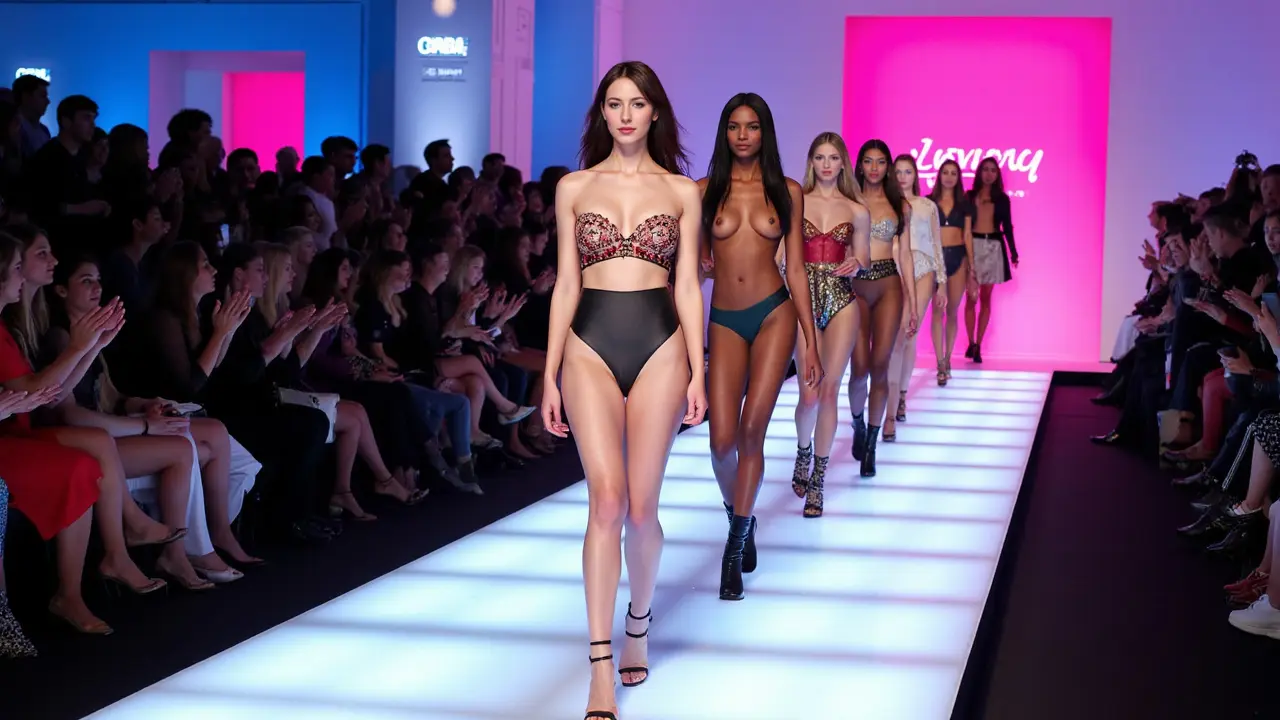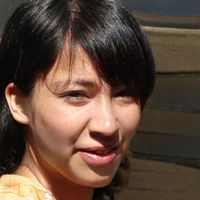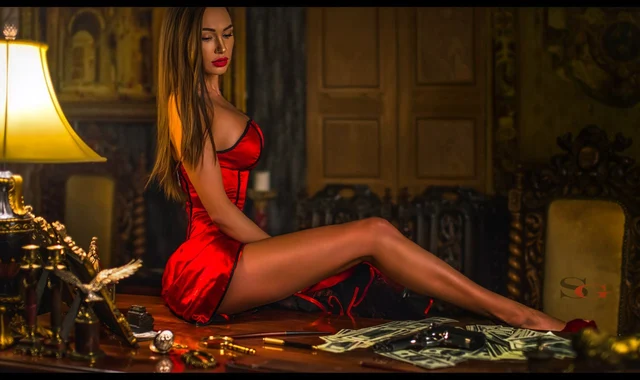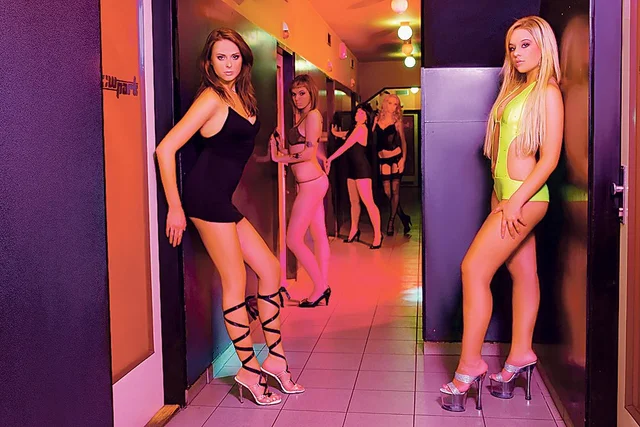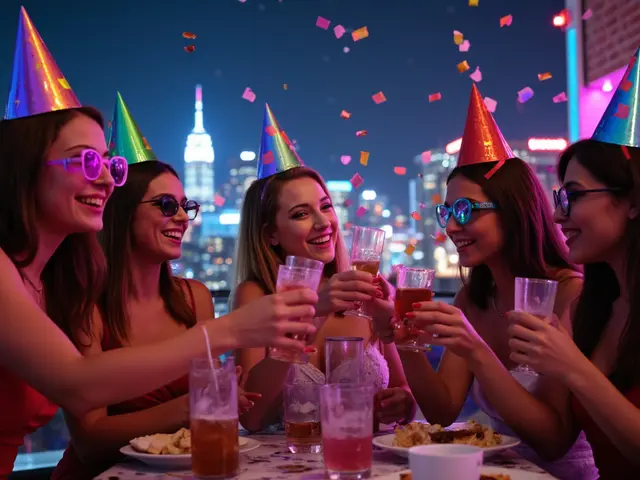Ever scrolled through your feed and thought, “Hey, that model actually looks like someone I’d bump into at the coffee shop”? That’s the point. The top models in 2025 aren’t copy-paste versions of last decade’s beauty ideal. They’re real people—with gaps in their teeth, scars, different body shapes, and skin tones that used to get ignored. The industry is finally catching up to what the world really looks like.
If you’re hunting for inspiration or just want to know why certain faces keep popping up in campaigns and runways, you’re about to see how things have totally shifted. You’ll get a peek at how top models are chosen now, who’s catching everyone’s attention, and what it really takes to stand out (hint: it’s not just about being tall and thin anymore). Whether you want to break into modeling or just love watching the trends, this is where it all gets interesting.
- Key Takeaways: The New Top Model Playbook
- Direct Answer: What Sets Top Models Apart Now?
- Spotlight: Defining the New Wave of Beauty
- Real Benefits: How Diversity Changes Everything
- Finding the Faces: Where To Watch for Tomorrow’s Icons
- FAQs: Everything You Want to Know About Modern Models
Key Takeaways: The New Top Model Playbook
If you’re trying to wrap your head around what makes today’s top models stand out, here are the basics you need to know. The biggest shift? There’s no cookie-cutter formula anymore.
- Diversity is the new normal: Brands are finally walking the talk. You’ll see models of all backgrounds—different ethnicities, body types, ages, and gender identities—on runways and in big ad campaigns. For example, Viktor & Rolf picked Precious Lee, a plus-size Black model, to close their Paris show in 2024. That would've been unheard of a decade ago.
- Individuality wins: Uniqueness is the real currency now. Think about models like Winnie Harlow, who made vitiligo her signature, or Jill Kortleve, who shined with her natural curves. Being memorable and different grabs attention more than blending in.
- Social media matters—a lot: Some agencies scout talent straight from Instagram or TikTok. Followers don’t guarantee a career, but having a story, voice, and loyal fans can boost your chances. Gigi Hadid and Adut Akech both use their platforms to connect and speak up on personal issues, which really resonates with fans and brands.
- Runway rules are changing: The “no smile, high cheekbone” look is getting old. Now, brands want models who ooze personality, can walk with confidence, and even interact with the crowd. Last year’s Paris Fashion Week saw Paloma Elsesser literally dancing down the runway—no one minded, because it fit the vibe.
- Advocacy and voice: More top models are activists, speaking up about mental health, racism, and industry pressures. They’re not just faces; they’re voices for change. When Naomi Osaka walked for Louis Vuitton, she also brought attention to mental health for athletes and creatives.
If you’re eyeing a future in modeling or just love following the scene, these trends aren’t going anywhere. Being yourself is the real asset now—finally.
Direct Answer: What Sets Top Models Apart Now?
If you think being a top model in 2025 is all about height and weight, it’s time for an update. The new wave of top models turn heads for reasons way beyond the usual. What makes someone stand out? It’s mainly authenticity, diversity, and their ability to engage with real people—on social media and off.
Brands now look for models who tell a story just by being themselves. You’ll notice the rise of people like Paloma Elsesser, who’s not afraid to talk about body positivity, or Jill Kortleve, with features that break out of the usual mold. There’s also a big focus on unique backgrounds—think models who are activists, content creators, athletes, or have mixed heritage.
Want numbers? According to a 2024 Business of Fashion report, 45% of models at the biggest Fashion Week shows were people of color—that’s a massive jump from just five years ago. And if you scroll through TikTok or Instagram, you’ll find campaigns where models with skin conditions, disabilities, or unconventional proportions are front and center.
| Trait | Why It Matters Now | 2025 Example |
|---|---|---|
| Authenticity | Audiences crave realness over perfection | Paloma Elsesser shares her life, not just poses |
| Diversity | Brands want to connect to all customers | Precious Lee is now a regular at Vogue and Versace |
| Social Impact | Activism and causes drive engagement | Adut Akech speaks up about refugee experiences |
| Digital Presence | Personal brands boost campaigns online | Lila Moss balances runway work with social media storytelling |
So, a top model today has to do more than just walk the runway. They build loyal followings, embrace what makes them different, and aren’t shy about their opinions or backgrounds. If you want to spot the next big name, look for someone who actually makes you stop scrolling—because their vibe is just that real.
Spotlight: Defining the New Wave of Beauty
The world of top models has taken a hard left from the old-school, one-size-fits-all vibe. We’re seeing models like Paloma Elsesser shaking up the runways for luxury brands, reminding everyone that curves are in. Then there’s Adut Akech, who has become the face of international fashion houses with dark skin and a beaming smile that never fit the narrow molds of the past.
Things aren’t just changing for women, either—guys like Alton Mason are bringing movement, style, and even dancing to runways that once favored stiff, stoic looks. Editors at Vogue reported that last year, over 60% of models at fashion weeks were from diverse backgrounds, including plus-size, trans, and nonbinary talent, up from just 26% in 2018.
Brands are finally getting the hint that people want to see themselves represented, and now representation really means something. We’re also noticing more models with visible disabilities or medical conditions like vitiligo—Winnie Harlow is a great example. She’s turned her unique skin into a global conversation about what actual beauty looks like beyond filters or airbrushing.
Check out just how different things look compared to a few years back:
| Year | Diversity Rate (by ethnicity/body type) | Notable Changes |
|---|---|---|
| 2015 | 19% | Mostly standard sizing, low visibility for non-white models |
| 2020 | 39% | Rise of plus-size and racially diverse faces |
| 2023 | 58% | More LGBTQ+ and disabled models included |
| 2025 | 66% (est.) | Broad mix: ethnicity, gender, ability, and age |
So what makes a model stand out in 2025? It’s less about chasing one “look” and way more about what makes you unique. Personality, authentic stories, and the confidence to own your differences are the real golden tickets. If you’ve got a quirk, a story, or even TikTok followers who rally around your style, you’ve got what it takes to join this new wave. Don’t fit a box? Perfect—that’s what gets you noticed now.

Real Benefits: How Diversity Changes Everything
It’s not just talk—diversity in the modeling scene is changing the game for good. When you look at big fashion brands like Fenty, Savage, and Chromat, you’ll see models with all sorts of backgrounds, body types, and personalities. These brands are thriving because people feel seen. Just a few years ago, runways were mostly filled with one look. Now, global Fashion Weeks are way more mixed. For example, at New York Fashion Week 2024, over 50% of the models were people of color, and several plus-size and openly trans models walked for major designers. That’s never happened before.
Visibility matters—and it goes beyond just photos. Young girls and guys are seeing someone who looks like them in campaigns, which can really boost confidence. I’m not just talking theory; a study from the Fashion Spot shows that when brands featured a broader mix of models, their campaigns saw 17% more engagement online. People click, comment, and actually shop more when they connect with what they see.
Diversity also forces the industry to get real. Makeup brands have to make more shades. Designers pay attention to fit and comfort for different bodies. So, you’ll find more skin tones in foundation ranges and clothes that actually suit everyone, not just the super tall and thin. This isn’t just a win for customers—it’s also boosted sales. Fenty Beauty, for instance, shot to $500 million in sales in its first year because it had something for everyone. That’s proof that broadening the idea of beauty isn’t just the right thing to do—it’s smart business.
- If you’re looking to break in as a model, now’s your moment. Agencies are on the hunt for new faces with unique stories.
- Don’t shy away from your quirks or differences—those might be exactly what brands want.
- Follow diverse agencies on Instagram and notice the faces getting signed. diversity is not a trend; it’s the new standard.
The bottom line? This new wave of top models is here to stay, and they’re giving all of us something better to look up to.
Finding the Faces: Where To Watch for Tomorrow’s Icons
The game for spotting top models has totally changed. It’s not all about runway castings or famous agencies anymore. These days, you’re just as likely to see tomorrow’s stars on TikTok or Instagram as at Milan Fashion Week. Social media accounts for over 60% of model discoveries in 2024, according to The Business of Fashion. Brands and scouts are glued to their phones, looking for authenticity, a unique vibe, and a voice that stands out.
If you want to catch the next big thing before everyone else, here’s where to look:
- Instagram and TikTok – Scout agencies like IMG Models and Elite are constantly browsing popular hashtags like #newface and #modellife. Some models, like Nyagua Ruea (booked by Prada after going viral), blew up without ever stepping into a casting office.
- Global Model Contests – Look into events like Elite Model Look or Next Face. They’ve launched legit careers, and winners often come from surprising places.
- Street Style Events – Big city hotspots like Seoul, Lagos, and São Paulo streets have become scouting grounds. Some scouts hang out at fashion festivals or art fairs to spot people with something different.
- YouTube & Fashion Podcasts – Long-form interviews are a window into a model’s story, and agencies take notes. You might see an unknown face on a podcast one week, then in an international campaign the next.
Check out how the discovery landscape has shifted in just a few years:
| Year | Top Discovery Platform | % of New Top Models |
|---|---|---|
| 2012 | Live Castings & Agencies | 75% |
| 2018 | 40% | |
| 2024 | Social Media (all) | 63% |
One thing’s clear: diversity isn’t a trend now—it’s the rule. Brands are asking for faces that represent real people, and modeling isn’t just for the “classic” beauty anymore. If you’re hoping to get noticed or just want to keep your own follow-list up to date, following major agencies and hashtags is a solid move. But also watch local scenes and lesser-known contests; the big agencies are watching there, too. The top models of tomorrow might pop up anywhere, so stay open. You never know who’ll break out next.
FAQs: Everything You Want to Know About Modern Models
If you’ve been curious about what makes today’s top models stand out or how the whole scene works, check out these straight-to-the-point answers to the questions everyone’s asking.
- Is there a minimum or maximum age to be a model now?
Nope. Agencies are signing models way beyond the old teens-and-twenties range. Maye Musk started landing big jobs in her seventies, and younger models get scouted as early as 13—but there are child labor laws to protect their schedules and safety. - Do models have to be tall or super skinny?
Not at all anymore. Plus-size models, petite models, and people of all builds are getting booked for big gigs. Paloma Elsesser, for example, is a US size 12/14 and landed the cover of Vogue in 2021. It’s proof that the industry is truly opening up. - How does social media affect a model’s career?
A lot, honestly. Instagram and TikTok have become scouting grounds for brands and agencies. Models like Wisdom Kaye and Ellia Sophia blew up online before they ever set foot on a traditional runway. Having a following can help, but personality and authenticity are what keep you on top. - What kind of diversity do agencies and brands look for now?
It’s not just about ethnicity or size. Models are being hired with visible disabilities, unique features, and all sorts of backgrounds. Aaron Rose Philip, who uses a wheelchair, walked at New York Fashion Week in 2021—something that would’ve been unheard of a decade ago. - Is modeling safe or are there things to watch out for?
Most reputable agencies follow strict guidelines for safety, scheduling, and body positivity. Always watch for red flags like requests for money upfront or giving out personal info too soon. Stick to agencies listed on respected lists—The Fashion Model Directory is a good spot to check.
Still got questions? Here’s a quick stat rundown that breaks down what’s changed in modeling lately:
| Aspect | Old Standards (2010s) | Modern Standards (2020s) |
|---|---|---|
| Average Age | 16-25 | 13-70+ |
| Body Types on Runway | Mainly thin | All sizes |
| Social Media Impact | Optional | Carries serious weight |
| Diversity | Primarily white, able-bodied | Ethnic, body, and ability diversity encouraged |
| Agency Safety Regulations | Loosely enforced | Much stricter, more support |
The biggest takeaway? You don’t have to fit in a box to become the next big thing in modeling. Be yourself and keep an eye on agencies’ credibility, and you’ll have a much better shot in today’s industry.

